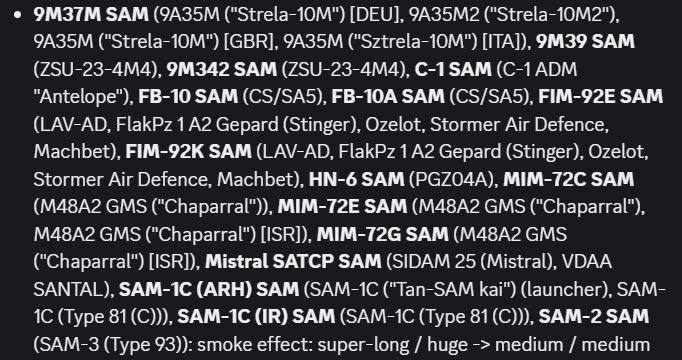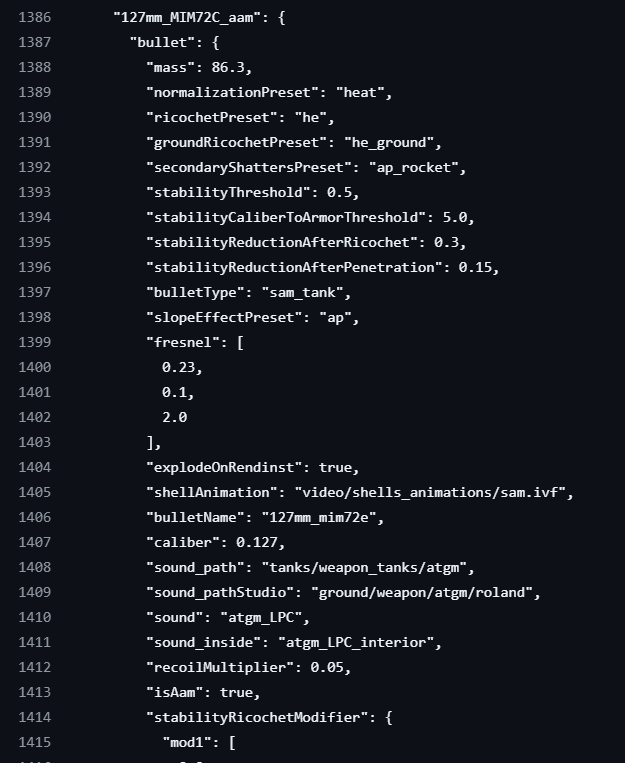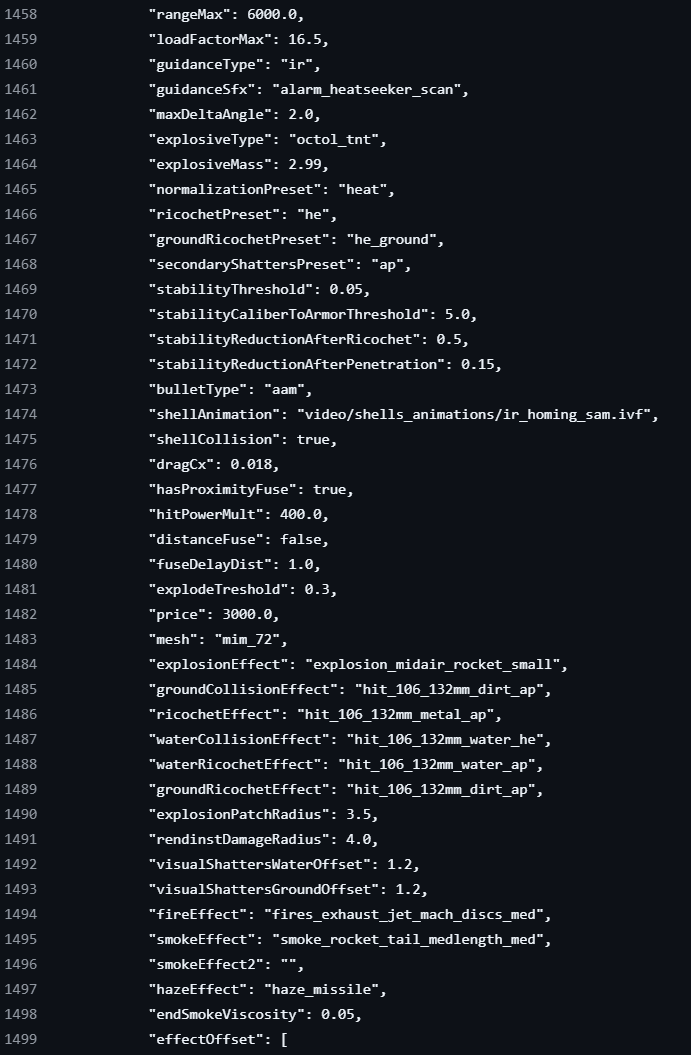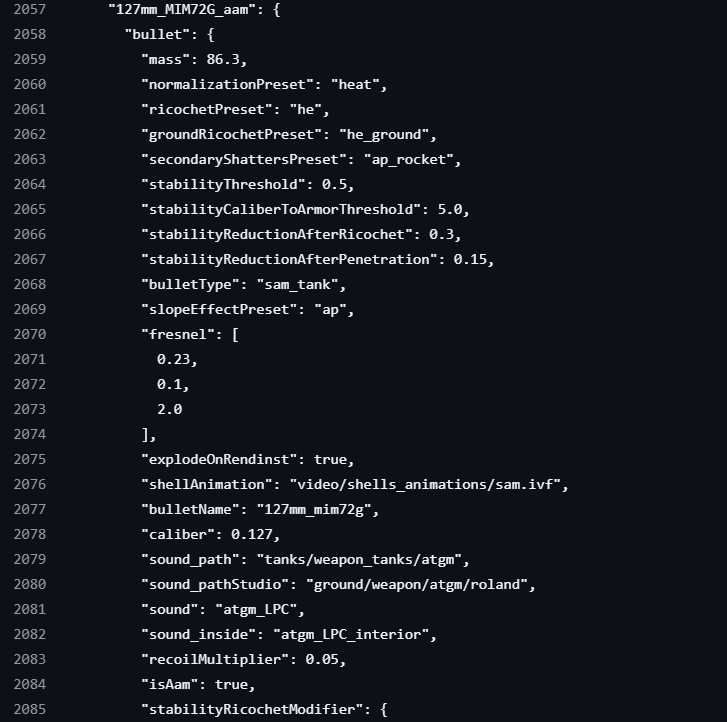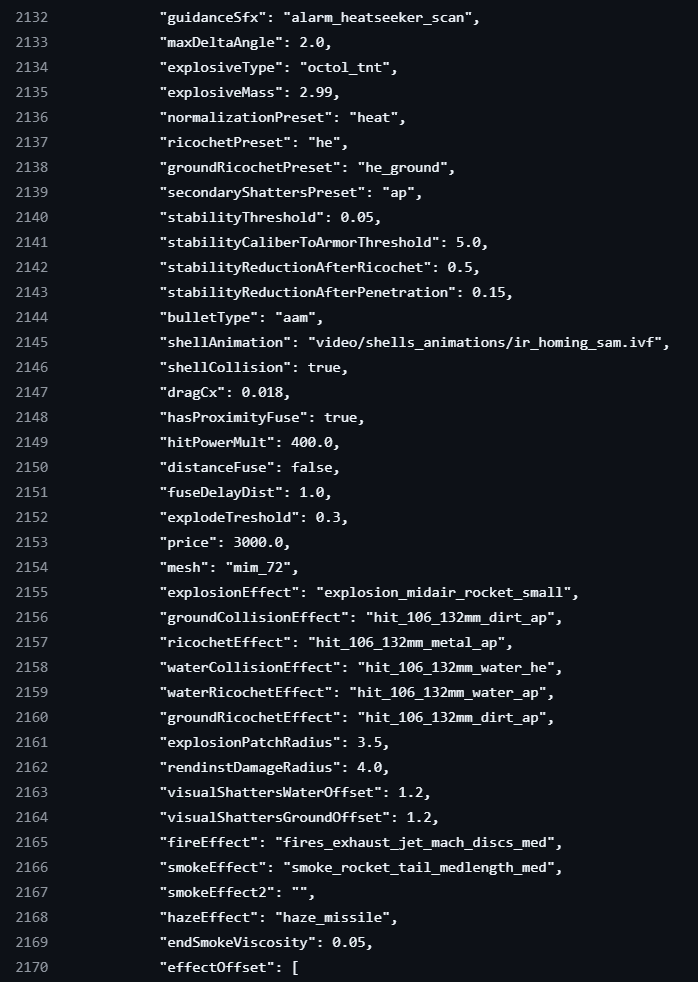tl:dr Take note where nose pulls, input opposite rudder.
Long answer:
Video:
https://www.youtube.com/watch?v=IsMEJ-N_zoE&list=PLnyigzFtHeNqmQMVhq1Shl972CPX4O-0B&index=4
Text answer:
Propeller planes use propellers to power themselves. In other words, there’s a bunch of wood/metal in front of your plane that’s spinning incredibly quickly, has the shape of a wing and also an engine attached to it.
This has a few consequences:
Spiral slipstream: The propeller makes the air around your plane flow in a spiral pattern which impacts your lift-surfaces and pulls your plane left (or right, depending). This component of left-turning tendencies becomes weaker at higher indicated airspeeds and very strong at low airspeeds. This can be overwhelming on take-off and near stall-speeds.
P-factor: Your propeller experiences different angles of attack alongside its circular path on the up and downswings. This creates a force that wants to turn your nose left/right.
Torque: Your engine has torque and wants to spin you opposite its direction.
Gyroscopic precession: This won’t occur in level flight but as you pitch up/down you experience your nose getting pushed left/right. This can stall you on take offs. (my favorite demo: https://www.youtube.com/watch?v=P3smLuTr0Fk)
How to combat it:
As said, you input rudder that counters the direction (normally right rudder). However, for some planes the low-speed control authority and left-turning tendencies are so far apart, it’s not sufficient. In these cases, you either want to hold brakes to build airflow over control surfaces (not possible with all control layouts) or bind left brake/right brake axes to your rudder axes. The second is what I do.
Additional notes:
Yaw and Roll are coupled for aircraft.
Yaw leads to proverse roll. Proverse meaning “In direction of”
When you yaw left, assuming we’re talking about conventional wing designs, your plane will roll left to match. When you roll right, your plane will roll right to match. This leads to left-turning tendencies causing you to roll on take off and when you take your hand off stick. This is why you first trim your ball centered and then adjust roll trim.
(WingalingDragon made a good trim tutorial: https://www.youtube.com/watch?v=vJyR72rASMY)
Roll leads to adverse yaw. Adverse meaning "In opposite direction of
Conversely, when you roll your plane to the left your nose starts slipping towards the outside of the turn - meaning to the right. When you roll right your nose slips to the left. You counter this by “stepping on the ball”: inputting sufficient yaw so that your instrument looks like this:
Turn and slip indicator:
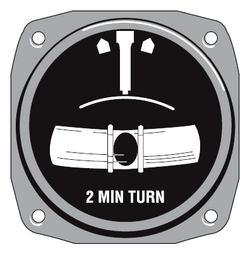
The adage is to “step on the ball” - ball is left, left rudder. Right, right rudder.
Effects of adverse yaw in a turn:
Slipping (roll left, nose goes right or vice versa) introduces extra drag at best causing you to bleed excess speed in a turn. At worst, it disrupts airflow over your outside wing and also makes the aoa of outside wing become greater than the inside wing. This both lead to your outside wing stalling before the inside wing and dropping when you pull too hard, potentially causing a relatively calm spin.
Conversely, skidding occurs when you input too much rudder (or suddenly increase engine horsepower massively while turning left - super easy to do in the 109K4 and G14. Ask how I know :v), your nose instead covers your inside wing. When your inside wing stalls before the outside wing you flip upside down and end up in a very, very violent spin. You don’t want to skid, especially not while leading for landing and without altitude to spare.
Hope it helps!
If you are trying to work with MkB, here’s my controls that give good rudder controls: WT Live // Controls by RunaDacino (I’ve since reduced rudder sensitivty to 40% and relative step size to 0%. I found it more comfortable there, but this is a good starting point. Play with it to your key depression behaviours).
I’ve also made a video demonstrating how flying coordinated (keeping nose in the airstream without making either wing stall first), how intentional slipping and skidding stalls look and recovery from each, how to practice rudder control (Falling leaf: specific tutorial - https://www.youtube.com/watch?v=nC5dke1pfqI) and of course take-off and landing with the 109F4 using my control setup. (Oh and camera, too but didnt focus): https://www.youtube.com/watch?v=oXwWXXsikyY)

